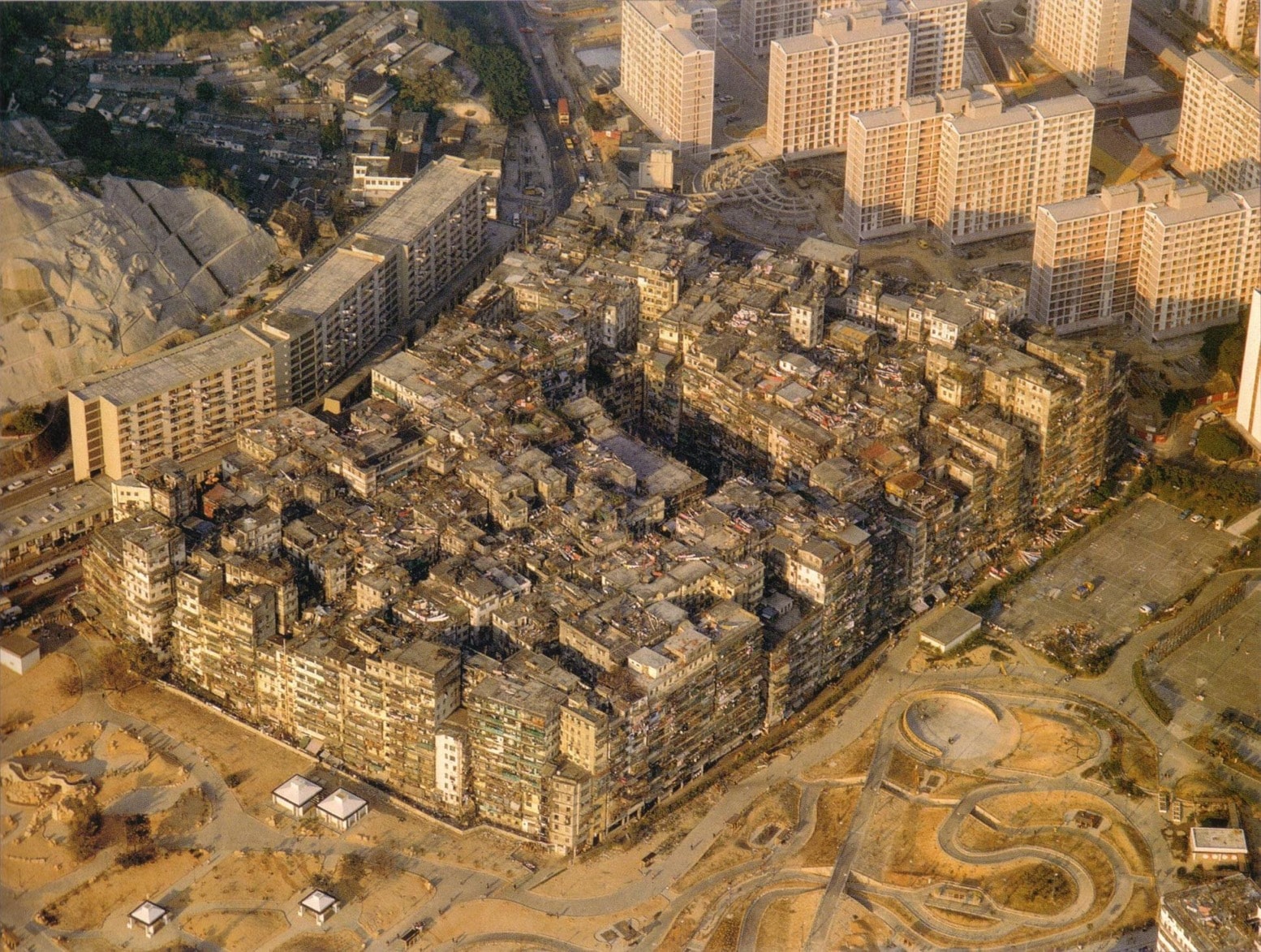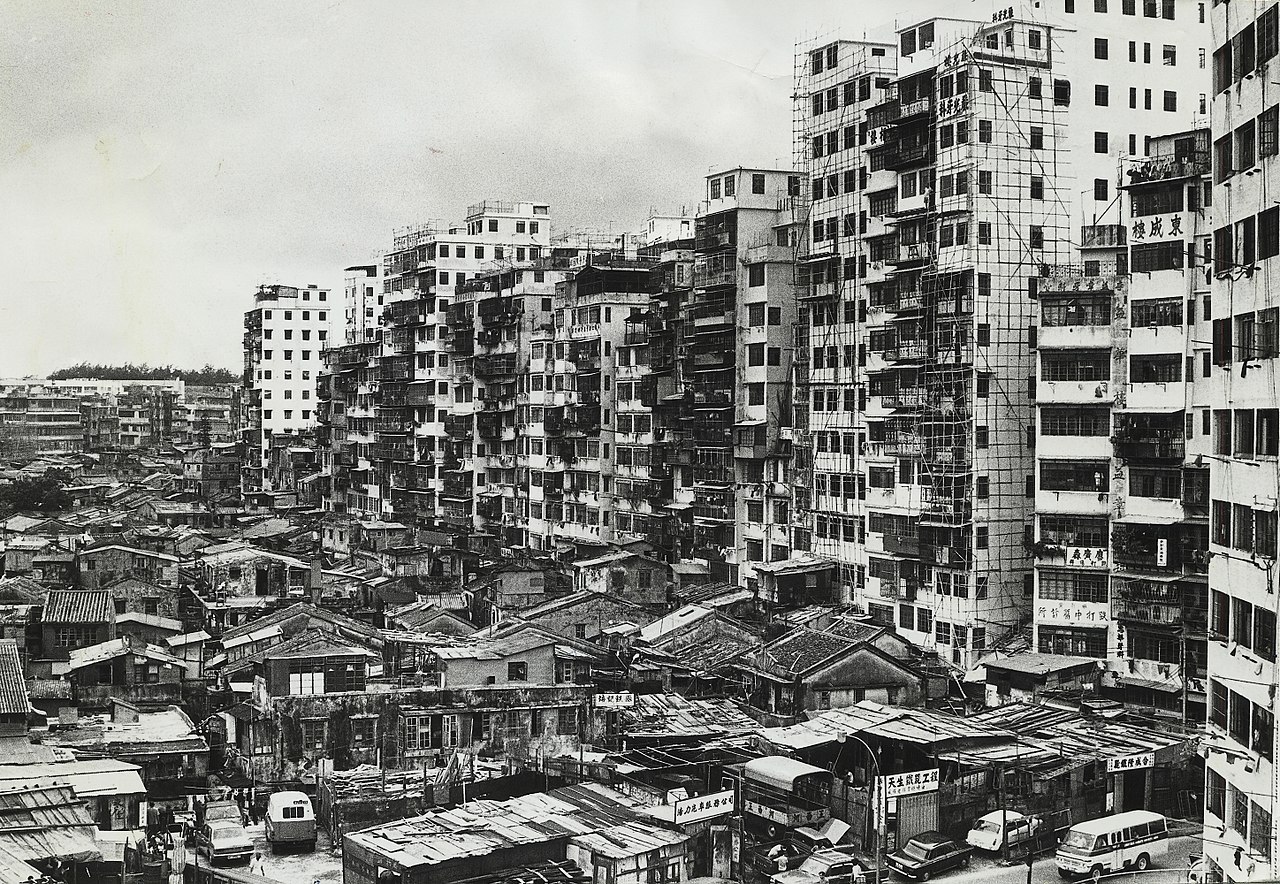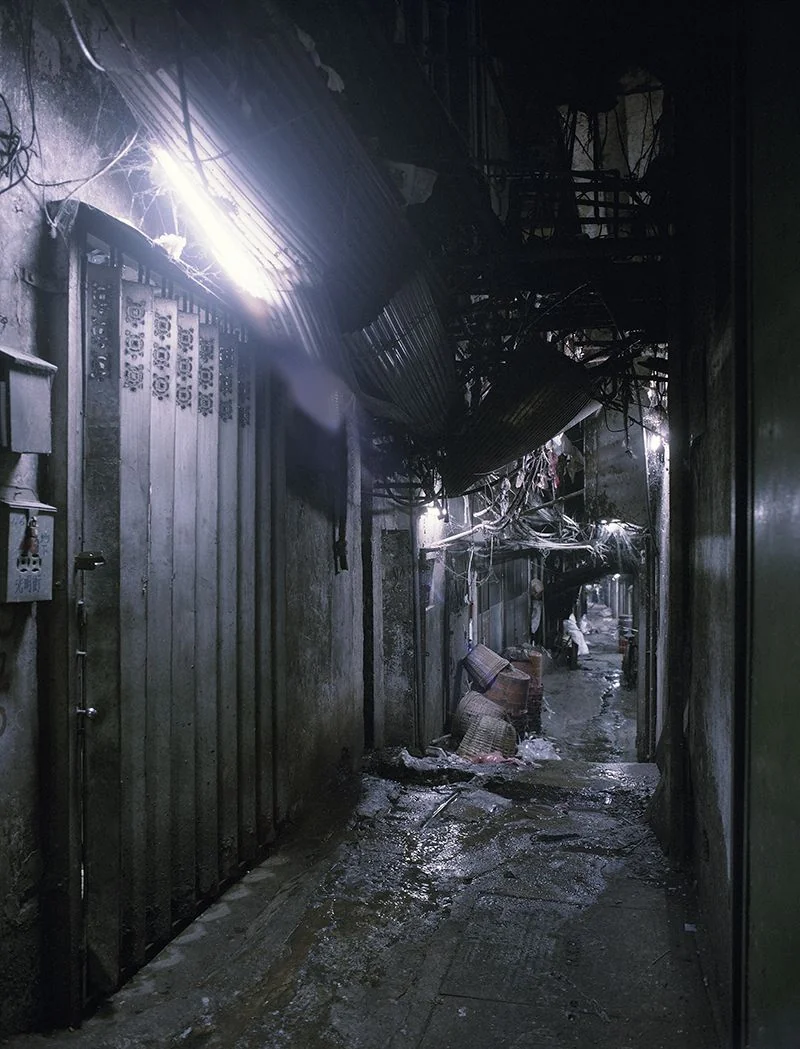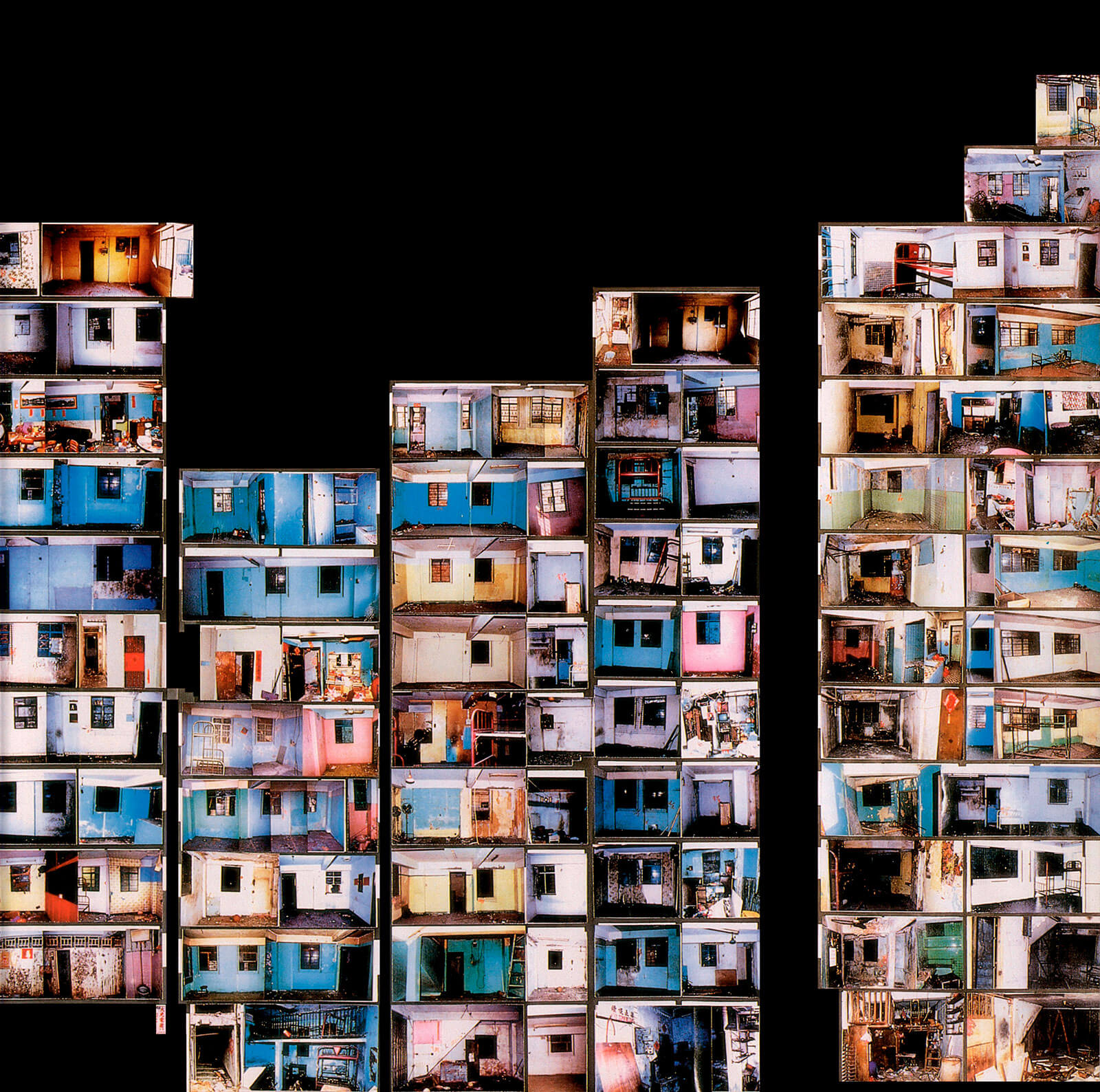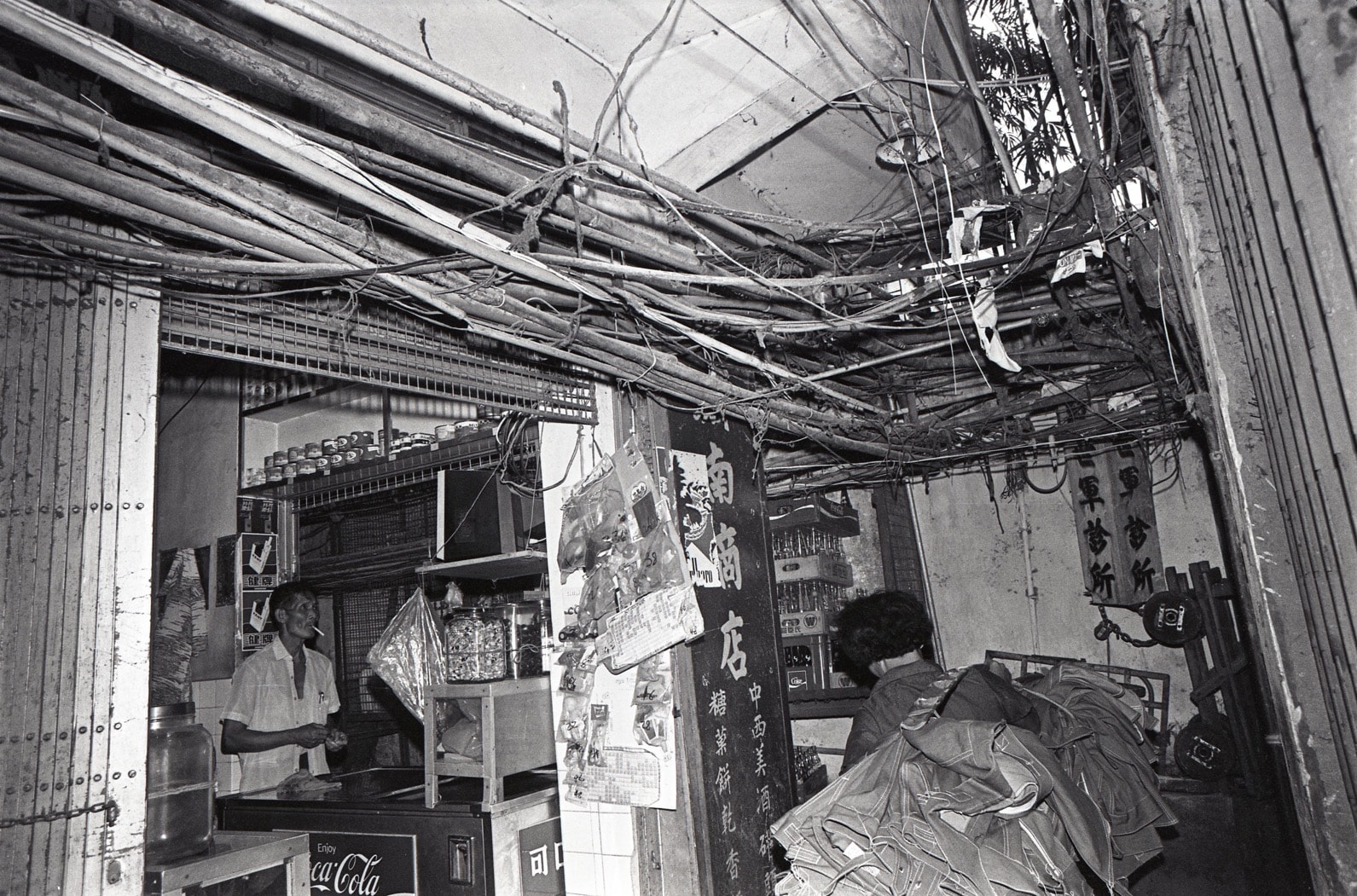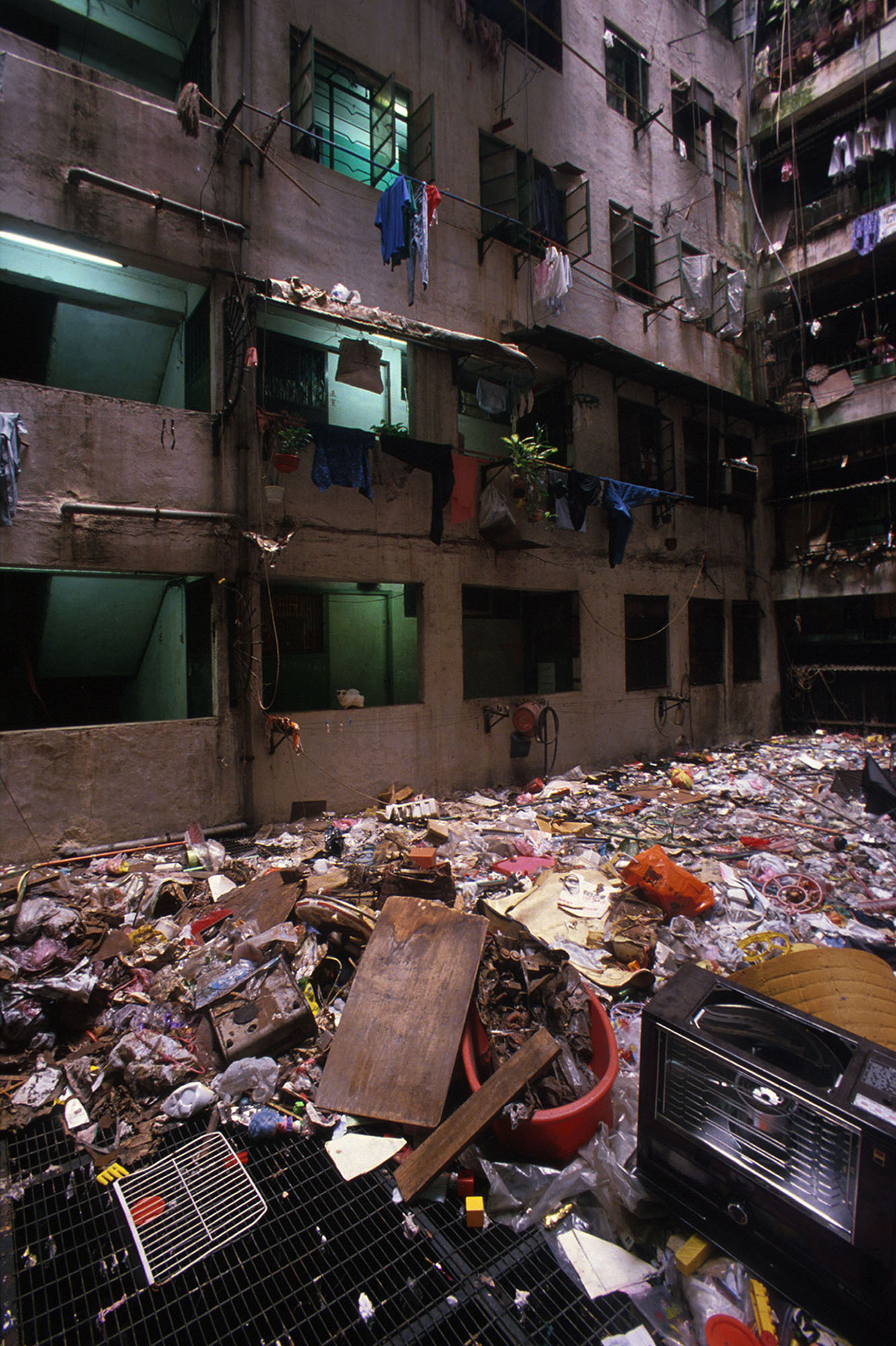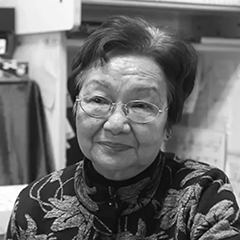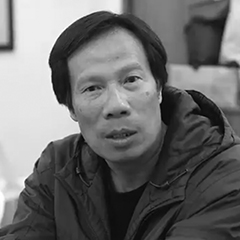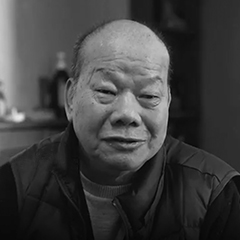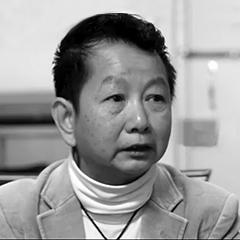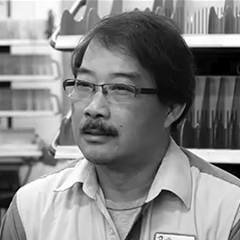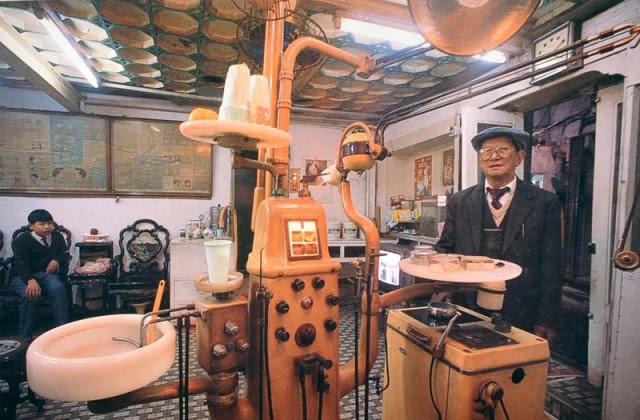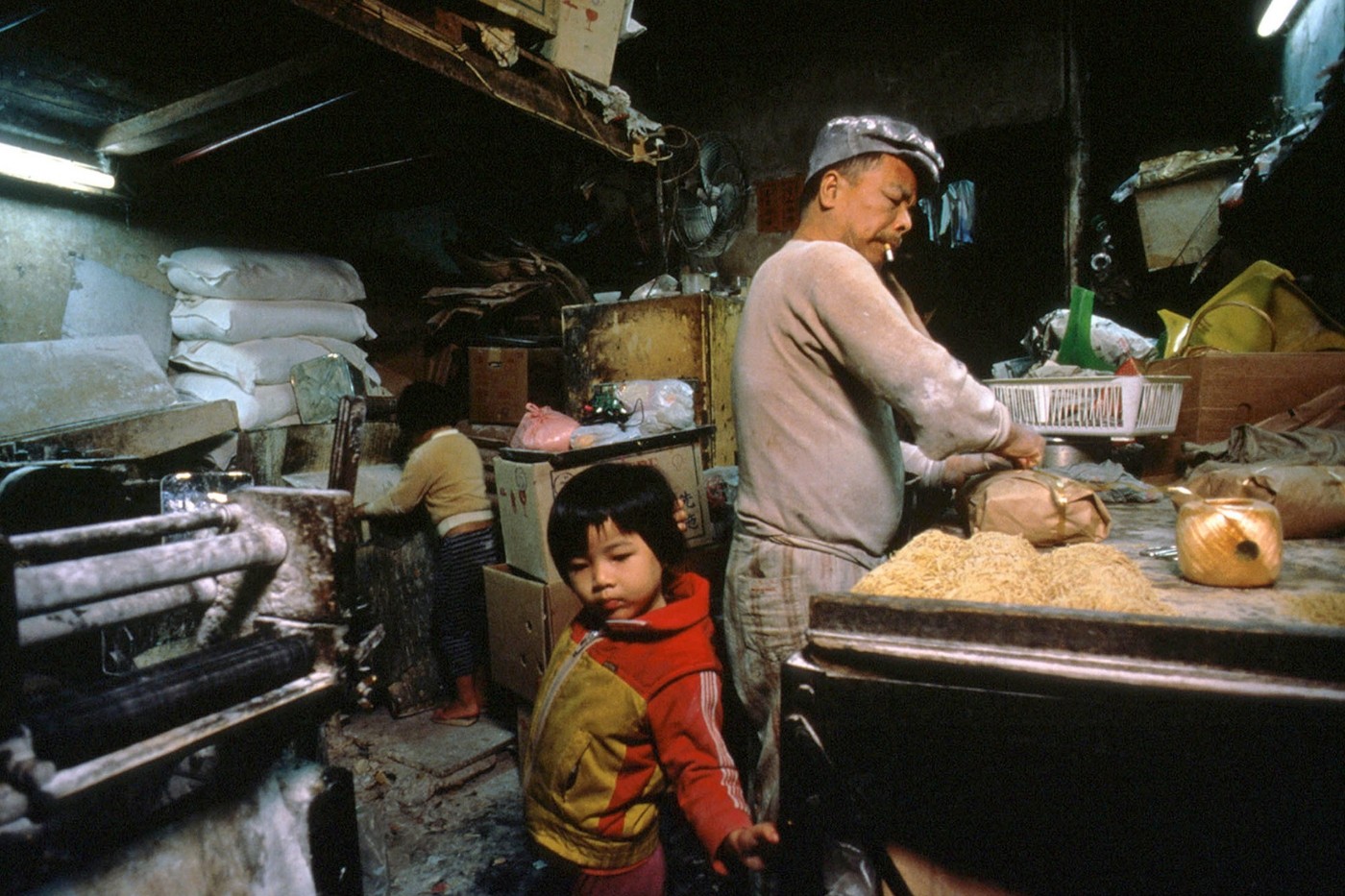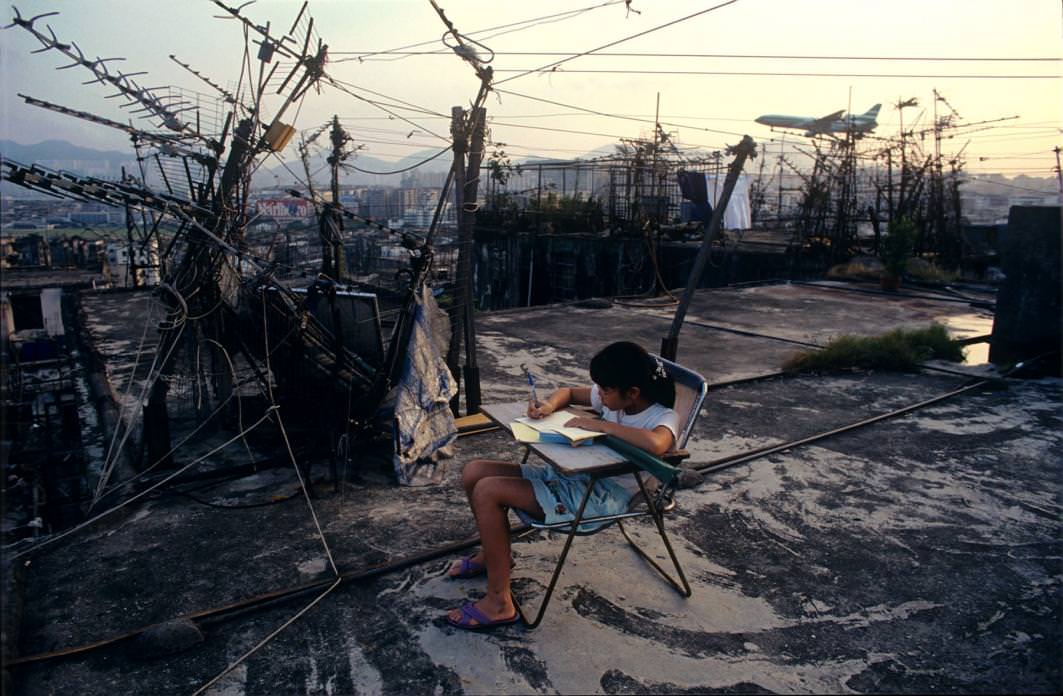Doctors worked in extremely unsanitary conditions. Their prices were strikingly different from official doctors in the city, but the quality of equipment, materials, and their qualifications were always questionable. However, this did not scare off the majority of low-income locals, and even in clients "from the outside" there was no shortage.
One of the results of the lack of government control was the appearance of a huge number of dentists in Kowloon: out of 150 doctors, 87 were dentists, all from mainland China. Many of them were real dentists and had the appropriate documents and diplomas of the mainland, but they did not have the right to legally practice in Hong Kong.
There were about a thousand different small production facilities, cafes and restaurants on the territory of the walled city. Most of them were "one-man" factories, when the owner himself was the workforce, the accountant and the seller. One of the most common industries was the production of Chinese noodles. Entry into the business was inexpensive, and the demand was high and constant.
The cafes, with their windows facing the "street" from the walled city, looked quite decent, but what was going on inside was shrouded in mystery. Since there was practically no government control here, this untied the hands of the owners of such restaurants to increase profits by reducing the cost of production and ingredients as much as possible.
As for the "light industry", here you could find mini-factories producing anything you want. It was believed that the highest quality fakes of clothes and shoes were produced right here, in Kowloon. Products made of rubber, fabric, leather and even metal could be purchased from local factories for next to nothing.
In fact, there was no education as such in Kowloon itself. A serious problem was children hiding from school. In some buildings, makeshift schools and kindergartens were organized, where the more affluent residents sent their children.
Most children went to small groups, organized by their neighbors, where they were taught to read, write, draw and recite poetry. But most of the time they ran with their friends on the stairs, corridors and rooftops, playing hundreds of different exciting games.
The list of the quarter's infrastructure did not include cinemas, clubs or sports grounds. The real space used for recreation and socialization of the former fort's population was the roofs. There were paths and stairs to move from one level to another. Only here could anyone find at least some free space. Children played on the roofs, young people relaxed, their parents socialized and met, and older generations sat playing manjong.



